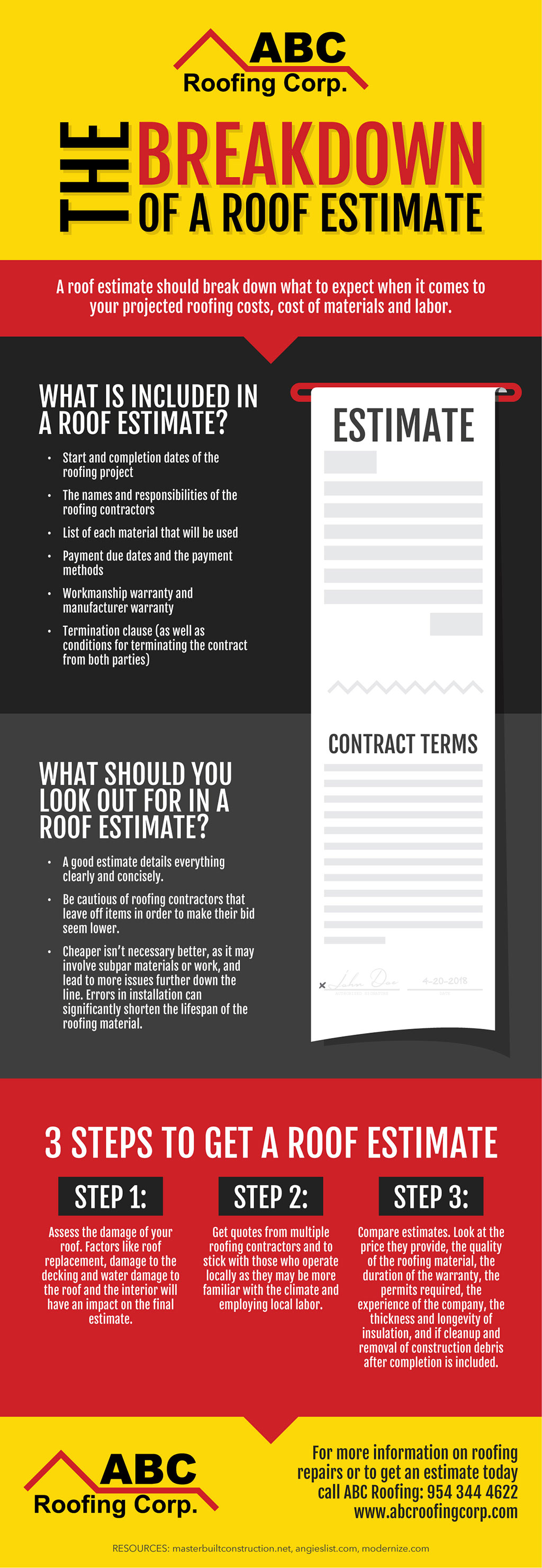Identifying Concealed Roof Covering Issues Before They Rise
Identifying Concealed Roof Covering Issues Before They Rise
Blog Article
Content Produce By-Pittman Roed
You may not recognize it, but your roof covering is calmly working against the components everyday, and concealed problems can result in substantial issues if you don't capture them early. By conducting normal assessments and knowing what signs to look for, you can secure your home from pricey repair services. Watch out for missing shingles and those subtle dark areas on your ceiling that might indicate leakages. However that's simply the start; understanding when to act and when to employ an expert can make all the distinction. What should see it here be looking for?
Common Signs of Roofing System Damage
When you examine your roof, look very closely for typical indications of damage that can lead to bigger issues later on.
Beginning by looking for missing or split roof shingles; these can enable water to leak in and trigger leakages. Focus on granule loss, which can show that roof shingles are aging and losing their protective layer.
Next off, analyze the blinking around smokeshafts and vents. If you find rust or spaces, water can easily enter your home.
Try to find sagging locations on the roof, as this can signify architectural damage or the accumulation of wetness.
kitchen remodeling contractors heights tx forget to check for moss or algae development; while they may seem harmless, they can trap wetness and accelerate wear and tear.
Inspect the gutters for debris and indicators of water overflow, as this can show a clog or inappropriate drain.
Finally, keep an eye on your ceilings and wall surfaces for water spots or peeling paint, as these could be clues that your roofing system is dripping.
Resolving these indications quickly can aid you avoid a lot more considerable fixings and prolong the life-span of your roof covering.
Inspecting Your Roof Frequently
Routine roofing system inspections are critical for keeping the honesty of your home. By keeping a close eye on your roofing system, you can capture problems early, conserving yourself time and money in the future. Objective to evaluate your roof covering a minimum of two times a year-- once in the springtime and once in the autumn. This timing aids you attend to any kind of damages triggered by wintertime weather and prepare for the approaching periods.
When checking, begin with the ground. Usage binoculars to look for missing tiles, fractured tiles, or any kind of signs of wear. Try to find sagging locations or dark areas, which could indicate leakages. Do not forget to inspect the seamless gutters, as clogged or broken seamless gutters can result in water buildup and roofing damage.
If you fit, go up to the roofing system to get a better look. Focus on flashing around chimneys and vents, as these locations are prone to leaks. Beware and ensure you have a secure means to access your roofing system.
Regular upkeep, like cleaning particles and moss, will likewise assist extend your roofing's life expectancy. Remaining proactive regarding assessments can aid you detect hidden problems before they escalate.
When to Call a Professional
Usually, homeowners hesitate to call a professional for roof concerns, assuming they can handle repair services themselves. However, understanding when to look for assistance can save you time, cash, and tension. If you see considerable leakages, substantial water damage, or dark places on your ceilings, don't wait. These signs might show major underlying troubles that call for professional focus.
If your roofing is older than two decades, also minor problems can rise rapidly. Split roof shingles, missing tiles, or sagging locations are red flags that call for a specialist examination.
Additionally, if you're uncomfortable climbing onto your roofing or do not have the needed tools and experience, it's best to leave it to the pros.
When tornado damages takes place, such as hail or high winds, it's crucial to obtain an assessment from a qualified specialist. They can recognize hidden problems that can endanger your home's stability.
Lastly, if you've tried fixings yet the problem persists, don't be reluctant to contact a specialist. They'll bring the understanding and skills needed to guarantee your roof is safe and sound.
Conclusion
By staying attentive and evaluating your roof routinely, you can detect covert issues before they intensify. Keep an eye out for usual signs of damages, like broken roof shingles or dark areas on your ceilings. If you see anything concerning, don't be reluctant to call a professional. Taking these proactive steps not just safeguards your home but likewise conserves you from expensive repair services later on. Remember, a little upkeep now can go a long way in keeping your roof covering in top shape.
